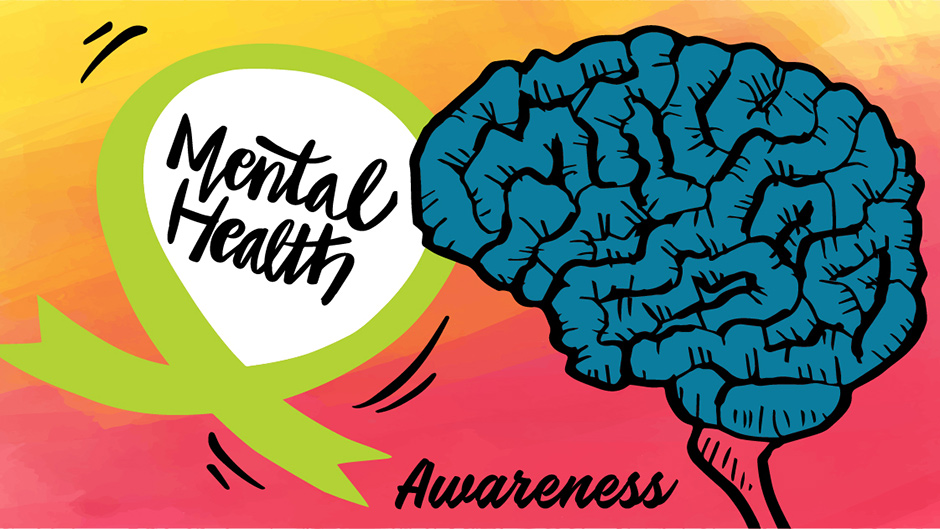The Joy of Reading by Donalyn Miller and Teri S. Lesesne
Standard 6: Learner-Centered Information Science & Librarianship
(12) Engage in continual self-evaluation and self-directed learning for professional growth
The Joy of Reading is a manual for educators, librarians, managers, and families on how to foster a love of reading in their students. With a thorough knowledge of the realities of today's classrooms and libraries, Donalyn Miller and Teri Lesesne provide techniques that promote joy while recognizing variables that destroy it. They do this by drawing on their decades of experience working with children, teachers, and librarians. I heard the audiobook version of the book “The Joy of Reading” which is divided into 18 chapters and is narrated by Donalyn Miller. This fun and easy-to-follow book draws the reader into pulling their inner love for reading. It makes you reflect on how and why you fell in love with reading to begin with. Our students may not have this instant attraction to reading off the bat. This book helps educators and librarians to put into practice what we preach to their students, that knowledge is power and finding joy in reading can bring huge rewards to our students' academic success. This professional development non-fiction book is sectioned into five main components. The authors discuss the focal point in the first section of this book, what reading enjoyment means to different individuals and its significance of knowing the differences when reading with our students in the classroom. Access and time are the main topics in part two. This segment of the book offers helpful suggestions for motivating pupils, such as using classroom libraries, school libraries, and public libraries. The significance of reader choice is covered in part three and offers readers a wealth of suggestions for igniting reader choice, from book discussions to reader surveys. In the fourth segment, the discussion of reading responses arises and how to improve their authenticity for students. The final section, part five, looks more broadly at reading communities and how to create one. I highly recommend this book to other fellow educators, in efforts to influence teachers to help direct their students towards a path of reading joy. Reading provides comfort and gives us opportunities to find joy in reading, finding that motivation to open a good book. We have years of reading and sometimes dry reading spells, it can be depressing at times, but knowing that we can always go back to reading gives me hope. It is all about perspective. Reading is always waiting for us!
I wanted to share my comment that I posted on Nerdy Book Club, “A reading life...interrupted” by Teri S. Lesesne.
Thank you Dr. Lesesne for beAlthough this book is geared toward educators, librarians will find some appeal in it.ing an amazing inspiration! It was a pleasure being your student in your LSSL 5360 LITERATURE FOR CHILDREN FALL, 2020. I am graduating this semester with you in mind. Although you are no longer with us, you still are very much a part of my journey being a student of the Sam Houston State University Library Science Masters Program (Class of Fall 2022).
Your grateful student,
Nicole Hope Garcia
R.I.P Professor Nana
#Goddess of Young Adult Literature
I truly enjoyed reading Dr. Lesesne’s blogs on “Nerdy Book Club ''. I could almost hear her voice as I read through her free writing. She really enjoyed picture books, I just didn’t know how important and significant they played a role in her fight with cancer. I remember reading our class syllabus, Dr. Lesesne (rhymes with insane). She was such a kind and brilliant individual that I look up to. I found this YouTube video of Dr. Lesesne titled, “Outstanding Services TLA 2020 Award: Teri Lesesne”. ‘Teri Lesesne received the Outstanding Services Award from the Texas Library Association. Lesesne is a Professor of Library Science at Sam Houston State University. Lesesne has dedicated the last 23 years to educating library science students at Sam Houston State University’s Department of Library Science and Technology.’
*Video link: https://www.youtube.com/watch?v=fhfFTc07Cj4
Editorial Reviews
About the Authors:
“Donalyn Miller's work champions self-selected independent reading, providing guidance and resources that foster children's love of reading and the development of positive reading identities. A national and international consultant and bestselling author, Donalyn's published works include The Book Whisperer (Jossey-Bass, 2009), Reading in the Wild (Jossey-Bass, 2013), and Game Changer: Book Access for All Kids (co-written with Colby Sharp, Scholastic, 2018).”
“Teri Lesesne's long and influential career was devoted to readers. Author of several books, including Reading Ladders and The Joy of Reading (co-authored with Donalyn Miller), she was known for the passion she brought to connecting readers with books. Teri was a middle-school teacher, a Distinguished Professor the department of Library Science at Sam Houston State University, Executive Director of ALAN (the Assembly on Literature for Adolescents of the National Council of Teachers of English), a National Book Award judge, and recipient of the 2007 ALAN award for her significant contributions to the field. Known to many as "Professor Nana," Teri's legacy lives on in the librarians and teachers her work has nurtured.”
Sources
Colby Sharp. (2022, July 7). A conversation about reading joy with Donalyn Miller and Colby Sharp. YouTube. Retrieved November 25, 2022, from https://www.youtube.com/watch?v=0F5FhvNIQhU
Cover reveal: The joy of reading by Donalyn Miller and Teri S. Lesesne. Nerdy Book Club. (2022, February 13). Retrieved November 25, 2022, from https://nerdybookclub.wordpress.com/2022/02/13/cover-reveal-the-joy-of-reading-by-donalyn-miller-and-teri-s-lesesne/
Miller, D., & Lesesne, T. S. (2022). The joy of reading. Amazon. Retrieved November 25, 2022, from https://www.amazon.com/Joy-Reading-Donalyn-Miller/product-reviews/0325061564/
A reading life...interrupted by Teri S. Lesesne. Nerdy Book Club. (2017, January 23). Retrieved November 25, 2022, from https://nerdybookclub.wordpress.com/2017/01/23/a-reading-lifeinterrupted-by-teri-s-lesesne/









 Visual Learners
Visual Learners Auditory Learners
Auditory Learners Tactile Learners
Tactile Learners Kinesthetic Learners
Kinesthetic Learners
.png)

